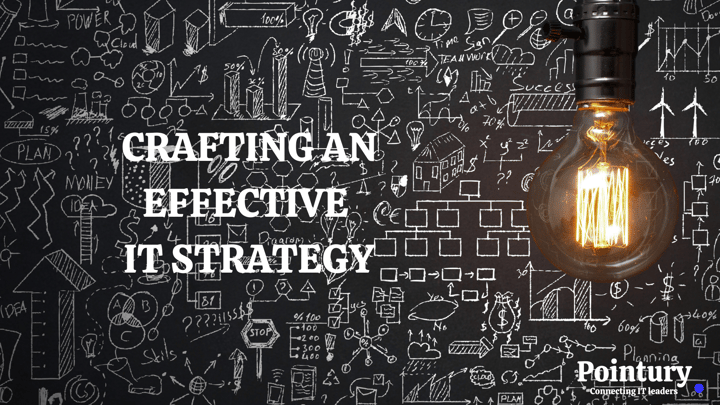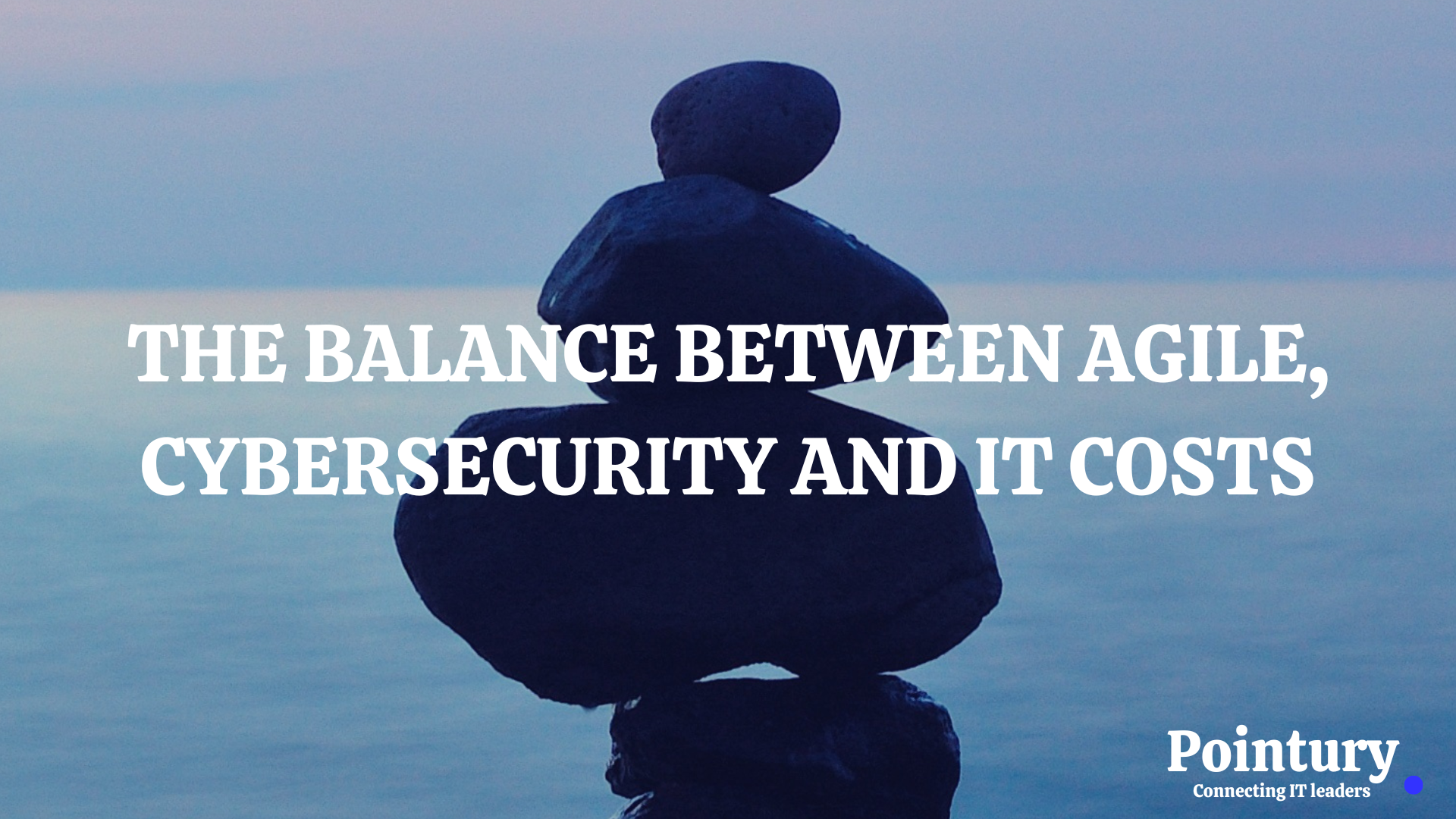CRAFTING AN EFFECTIVE IT STRATEGY

Crafting an Effective IT Strategy:
Key Components and Best Practices
In today's rapidly evolving business landscape, information technology (IT) is the backbone of nearly every organization. A well-defined IT strategy is not merely a technological roadmap; it is a crucial enabler of business success. It guides an organization in leveraging technology to meet its objectives, stay competitive, and adapt to changes in the digital age. In this article, we will explore the essential components that should be included in a comprehensive IT strategy.
1. Alignment with Business Goals
The foundation of any effective IT strategy is its alignment with the broader business goals and objectives. IT should not exist in isolation but should be tightly integrated with the organisation's mission, vision, and strategic plan. This alignment ensures that IT investments and initiatives directly contribute to the company's success.
To achieve this alignment, IT leaders must engage in ongoing dialogue with key stakeholders, including business leaders and decision-makers. They should understand the organisation's priorities and challenges, and then tailor the IT strategy to support these goals.
2. Clear Vision and Mission
A well-defined vision and mission statement are essential for any IT strategy. These statements articulate the overarching purpose and direction of the IT function within the organisation. The vision outlines where the organisation aims to be in the future, while the mission statement defines how IT will contribute to achieving that vision.
For example, a vision statement could be: "To be a technology leader in our industry," while the corresponding mission statement might read: "To deliver innovative and secure IT solutions that drive operational efficiency and enhance customer experiences."
3. SWOT Analysis
A SWOT analysis (Strengths, Weaknesses, Opportunities, and Threats) is a valuable tool for assessing the current state of an organisation's IT landscape. It helps in identifying internal strengths and weaknesses as well as external opportunities and threats. This analysis provides critical insights that inform strategic decisions.
Strengths and weaknesses might include an assessment of the IT infrastructure, staff capabilities, and existing processes. Opportunities could be emerging technologies, market trends, or potential partnerships, while threats might encompass cybersecurity risks or regulatory changes.
4. Roadmap and Prioritisation
An IT strategy should outline a clear roadmap for achieving its objectives. This roadmap should include a timeline, milestones, and a prioritized list of projects and initiatives. Prioritization is vital because resources are often limited, and not all IT projects can be pursued simultaneously.
The prioritisation process should consider factors such as potential impact on the business, alignment with strategic goals, and the feasibility of implementation. High-priority projects should be those that promise the most significant benefits and are in line with the organisation's immediate needs.
5. Technology Stack and Architecture
A robust IT strategy should define the technology stack and architecture that will be used to support the organisation's operations and applications. This includes decisions on hardware, software, cloud services, and data management.
It's crucial to strike a balance between leveraging existing technology investments and adopting new, innovative solutions. Additionally, the architecture should be scalable and adaptable to accommodate future growth and evolving business requirements.
6. Security and Risk Management
In today's digital landscape, cybersecurity is a top concern. An IT strategy must incorporate a comprehensive approach to security and risk management. This includes defining security policies, implementing security measures, and establishing incident response plans.
Regular risk assessments and vulnerability assessments should be conducted to identify potential threats and vulnerabilities. The strategy should also address compliance with industry regulations and data protection laws.
7. Resource Allocation and Budgeting
Effective resource allocation is crucial for the successful implementation of an IT strategy. The strategy should outline the budget required for various projects and initiatives, as well as the allocation of IT staff and other resources.
Regular monitoring and adjustment of the budget are essential to ensure that IT investments align with changing business needs and evolving technology trends.
8. Metrics and Key Performance Indicators (KPIs)
To measure the success of an IT strategy, it's essential to define relevant metrics and KPIs. These performance indicators should align with the strategic objectives and provide a clear picture of progress and outcomes.
Common IT KPIs include system uptime, response times, security incident rates, and project completion timelines. Regular reporting and analysis of these metrics help IT leaders make informed decisions and demonstrate the value of IT investments to stakeholders.
9. Change Management and Communication
Implementing an IT strategy often requires significant changes in processes, technology, and organizational culture. Effective change management and communication plans should be an integral part of the strategy to ensure that employees and stakeholders are aligned and prepared for the changes.
10. Continuous Review and Adaptation
Lastly, an IT strategy should be a dynamic document that evolves with the business environment. Regular reviews and updates are essential to ensure that the strategy remains relevant and effective in addressing the organization's changing needs and challenges.
In conclusion, a well-crafted IT strategy is a vital tool for organizations to harness the power of technology and drive business success. By aligning with business goals, conducting thorough analysis, and prioritizing initiatives, organizations can build a roadmap for the future that keeps them competitive in the ever-evolving digital landscape. It's not just about technology; it's about using technology strategically to achieve business objectives.


